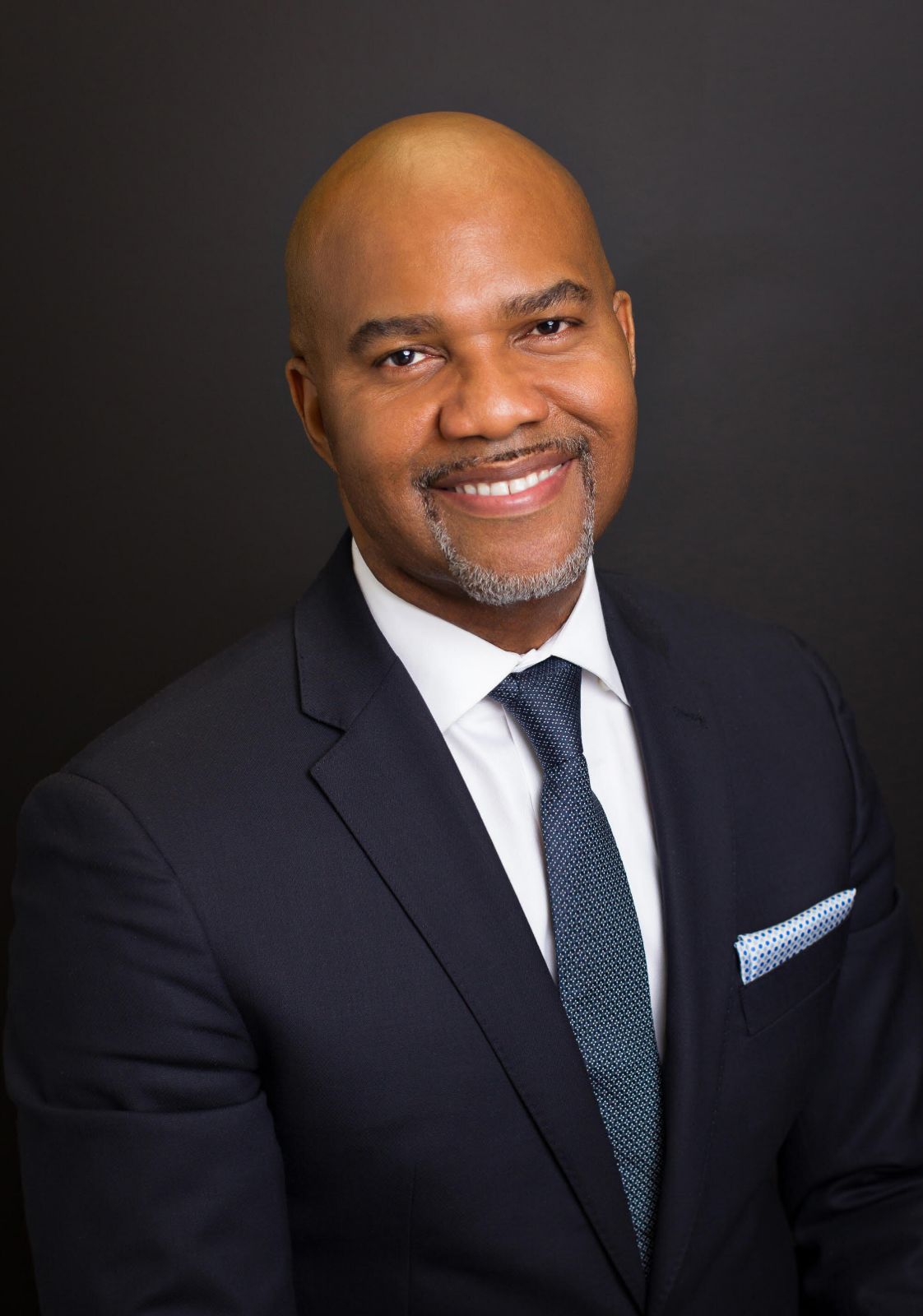Business
Financing vs. Leasing A Car: A Breakdown From Douglas Eze of Largo Financial Services

If you’re interested in buying a car anytime soon, you may be wondering whether it’s best to finance it or lease it. There are many things to consider before making a decision that suits your lifestyle.
Here’s your guide to financing and leasing a car from wealth strategist Douglas Eze.
Leasing A Car
Leasing a car is good for people who don’t drive much or for people who have multiple cars.
For a middle-income American, there’s a lot to consider including out-of-pocket costs, mileage, and monthly payments.
While leasing may offer lower monthly payments, you’re still buying the car for the value of the car. If the car is $50,000, you’re leasing it for that same price. The major downside? You’re not receiving any discounts. Yes the finance guy will tell you that you will be paying lower because of the expected depreciation during the lease period and a possible benefit is that you can take it in for maintenance anytime you want, but, at the end of the day, when you lease a car, you’re not only paying more out-of-pocket each month, you’re also restricted by mileage.
Financing a car allows you to invest your money elsewhere. Your dollar today is more valuable than your dollar in the future. Your dollar today needs to be working for you and making you money.
Financing A Car
When financing a car, you own the car and get to keep it for as long as you want. If this is the option you choose, think about your financing options. Where do you want to finance it? How long do you want to finance the car?
Remember, a car cannot give you any equity. It’s more of a liability than it is an asset. Financing a car strategically offers you the opportunity to invest money elsewhere.
You may think that someone with a credit score of 850 whose income is over 7 figures would buy a car mostly or all up front. But, if they are wise, they won’t do this. Rather, they will finance for the longest term possible or allowed by the finance company. Again, it’s not that they can’t take a short loan term, because they most likely could, they do this because they are looking at the monthly out of pocket money. Here’s an example.
If someone purchases a $30,000 car, they are often presented with two loan options; 36 or 60 months. The 36 months option has an auto loan rate of 1.79%, resulting in a monthly payment of $857 and the total interest amount of $835 paid. The 60 months option, with a higher interest rate of 2.19%, results in a monthly payment of $528 and the total interest amount of $1700 paid.
Many will pick the 36 month option because of its low interest rate. However, the smarter decision would be to choose the 60 month one. Although you end up paying $865 more in interest total ($1700 minus $835), if you take the difference in the monthly payment, which is $329 a month ($857 minus $528), and save it, you will have $19,740 saved. Better yet, if you put it in an account that pays a 4% guaranteed interest, then the value will be $21,812. That’s WITH a $2072 interest earned.
The key is having access and control of your hard earned money. Keeping this example in mind, Douglas Eze can still show you how to pay off the car in 3 years without even making an extra payment.
Build Your Wealth Strategy With Financial Expert Douglas Eze
20 years ago, Douglas Eze founded Largo Financial Services. His calling is to equip individuals and families with the education and resources to build generational wealth. Douglas’ primary mission is to identify the areas his clients may be unknowingly throwing away money and empower them with the tools to begin saving for their future.
Largo Financial Services is Licensed in 50 states and the District of Columbia. To inquire about insurance, annuities, college plans, and tax-free retirement, schedule a free consultation with Douglas Eze and his team.
Business
Ethical Affiliate marketing : Defining the Conflict

Affiliate marketing in the online casino industry walks a fine line between commercial interest and editorial integrity. Affiliates earn commissions when players register or deposit through affiliate links, yet these same affiliates often publish reviews claiming to guide users toward the best and safest operators. This dual role creates a potential conflict of interest: can a reviewer remain truly objective while being financially rewarded for player conversions?
This ethical tension is not hypothetical, it defines the entire casino review system. Readers expect independent recommendations, while advertisers aim for visibility and sign-ups. The challenge, therefore, lies in ensuring that commercial necessity never compromises editorial honesty. Without clear ethical structures, the trust between affiliate and reader quickly collapses, breaking the foundation of any long-lasting brand in the iGaming space.
The Ethical Solution: Editorial Firewalls
Responsible affiliates have developed a structural response to this dilemma known as the “editorial firewall.” This principle strictly separates commercial operations (such as partner negotiations and commission management) from editorial teams responsible for content, ratings, and recommendations. By preventing advertisers or commercial staff from influencing content, affiliates safeguard the objectivity of their reviews.
Antti Virtanen, Editor in Chief of Kasinohai, explains this responsibility clearly:
“My primary responsibility is to maintain the editorial firewall. If an advertiser’s payment can influence a casino’s star rating, we have failed our readers, and that short-term gain will instantly destroy the decade of trust we have built.”
The editorial firewall functions much like journalistic separation between newsroom and advertising department. Editors work with established criteria: licensing, game variety, payment methods, and player protection measures. Without any interference from commercial targets. When this discipline is followed, affiliates can confidently assure readers that ratings reflect evidence-based quality, not marketing budgets.
Maintaining such independence often comes with short-term sacrifices: rejecting lucrative offers from less trustworthy operators or declining to modify reviews to appease advertisers. Yet, for ethical affiliates, these sacrifices strengthen the brand’s reputation and guarantee the long-term viability of their business model.
Prioritizing Safety and Trust
True ethical affiliation starts with a single non-negotiable principle: only promote casinos that are safe, licensed, and compliant with responsible gambling regulations. Trust begins at selection. Every casino under review should pass a rigorous safety audit, covering valid gaming licenses, secure payment processing, transparent bonus terms, and the presence of responsible gambling tools such as deposit limits and self-exclusion options.
Antti Virtanen underlines this commitment:
“The ethical commitment begins at the gate: our first and most important filter is licensing and player safety. Any operator that fails our rigorous background checks on responsible gaming tools, fair terms, or payment security will never be promoted, regardless of their commercial offering.”
By excluding unsafe or unlicensed platforms, affiliates act as front-line gatekeepers, shielding players from potential fraud or exploitative practices. Ethical affiliates must also stay proactive, regularly updating their databases and removing any operators that lose licenses, alter fair terms, or develop unresolved consumer complaints. This proactive maintenance shows readers that the site’s focus is not only on visibility but on genuine player well-being.
Ethics in affiliate marketing also extend to how bonuses and offers are presented. Affiliates must reject misleading promotions that hide behind fine print or impose unrealistic wagering requirements. Fair representation of bonus terms not only protects players but also differentiates responsible affiliates from competitors who prioritize click volume over credibility.
Transparent Disclosure
Transparency is a cornerstone of ethical affiliate marketing. Readers deserve to understand how affiliate links work and how they affect the content they see. A clear, accessible disclosure explains that the affiliate may receive compensation when users register or deposit through referral links. However, this relationship should never impact the user’s cost, terms, or overall experience on the casino site.
The purpose of transparency is twofold: it builds trust with readers and aligns with regulatory expectations for advertising disclosures. A good disclosure statement is not hidden in small print; it’s presented as part of the site’s editorial ethic. It assures visitors that commercial partnerships never influence ratings, reviews, or recommendations.
In practice, this can appear as a brief statement at the start or end of a review, linking to a detailed explanation of the site’s business model. Clear communication empowers readers to make informed decisions and it alleviates the underlying skepticism that often surrounds online casino reviews.
Transparency also extends to responsible gambling communication. Affiliates should remind readers that gambling involves risk and provide visible links to national helplines, self-exclusion tools, and player protection resources. When ethical values are embedded not only in compliance checklists but also in editorial tone, the brand earns genuine user respect.
Long-Term Value
The ultimate goal of ethical affiliate marketing is sustainability building a relationship of long-term trust that outlasts the allure of short-term profits. A single misleading recommendation might boost conversions temporarily, but the resulting loss of credibility can permanently damage a brand.
Antti Virtanen captures this philosophy:
“In the end, ethical affiliate marketing is not a high-volume business; it’s a high-trust business. Our long-term success isn’t measured by the conversion rate of a click, but by the number of players who return to us because we saved them from a poor or unsafe experience.”
This perspective reframes success away from mere performance metrics toward qualitative measures: user satisfaction, returning readership, and brand reliability. Ethical affiliates understand that authority and trust cannot be purchased—they are earned through consistent transparency, careful editorial standards, and user-focused decision-making.
Long-term value also aligns with broader industry goals of promoting responsible gambling and sustainable player engagement. Affiliates that champion these principles contribute positively to the reputation of the iGaming industry as a whole.
Ethical affiliate marketing is not a static policy it is an ongoing commitment to transparency, responsibility, and respect for the audience’s trust. Establishing strict editorial firewalls, prioritizing player safety, and maintaining open disclosure practices form the blueprint for sustainable success. In an environment driven by competition and revenue potential, ethics are not a hindrance but the very strategy that distinguishes credible affiliates from the rest.
-

 Tech5 years ago
Tech5 years agoEffuel Reviews (2021) – Effuel ECO OBD2 Saves Fuel, and Reduce Gas Cost? Effuel Customer Reviews
-

 Tech6 years ago
Tech6 years agoBosch Power Tools India Launches ‘Cordless Matlab Bosch’ Campaign to Demonstrate the Power of Cordless
-

 Lifestyle6 years ago
Lifestyle6 years agoCatholic Cases App brings Church’s Moral Teachings to Androids and iPhones
-

 Lifestyle5 years ago
Lifestyle5 years agoEast Side Hype x Billionaire Boys Club. Hottest New Streetwear Releases in Utah.
-

 Tech7 years ago
Tech7 years agoCloud Buyers & Investors to Profit in the Future
-

 Lifestyle5 years ago
Lifestyle5 years agoThe Midas of Cosmetic Dermatology: Dr. Simon Ourian
-

 Health7 years ago
Health7 years agoCBDistillery Review: Is it a scam?
-

 Entertainment6 years ago
Entertainment6 years agoAvengers Endgame now Available on 123Movies for Download & Streaming for Free
